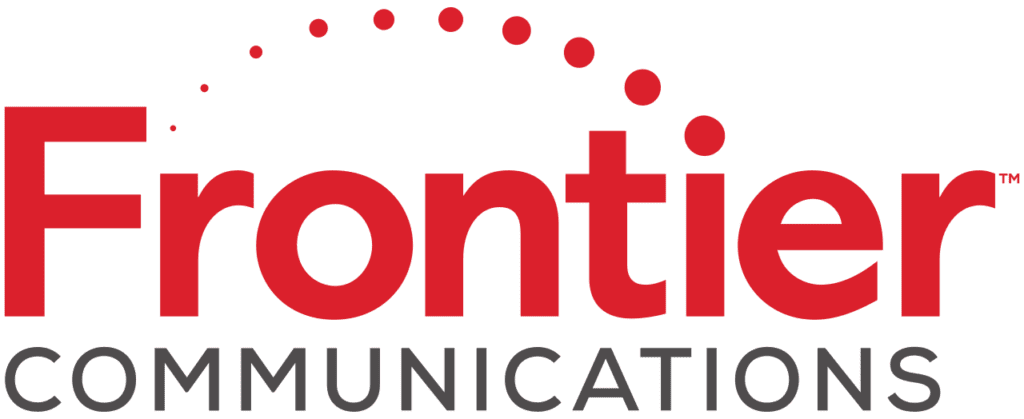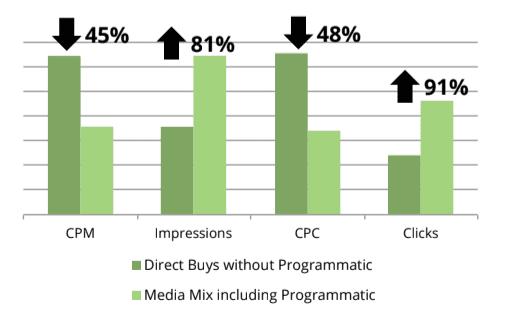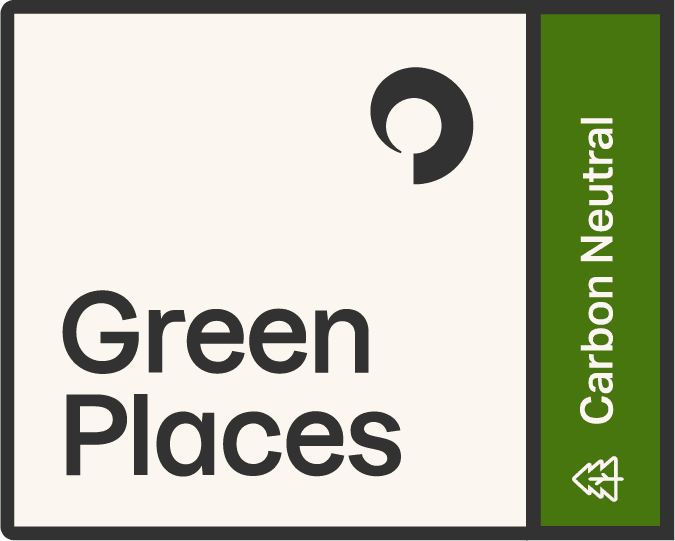CASE STUDY: Balancing Media Efficiency Through Programmatic Channels
Blending Direct and Programmatic Buying Tactics to Achieve Optimized Reach and Engagement.

About
- Frontier offers high-speed internet, video, advanced voice and Frontier Secure digital protection solutions to customers over its fiber-optic and copper networks.
- Frontier Communications is an S&P 500 company and is included in the Fortune 500 list of America’s largest corporations.
Challenge
- Limit wasted reach to consumers not eligible for service.
- Achieve optimal reach and engagement from eligible consumers.
- Balance direct media buys with limited targeting against scaled programmatic media.
Approach
- Use forecasting methods to determine the most efficient programmatic buying tactics.
- Optimize reach and frequency against the targeted audience.
Results

Details
With a diverse audience and fragmented footprint, Frontier posed the challenge of limiting waste within their media buys while increasing scale. Frontier engaged Media Two for digital media strategy, planning and buying.
Initially and historically, their media buys focused on direct relationships with local news media or segmented verticals such as moving, entertainment and weather.
By limiting their media buys geographically and contextually, the amount of targeted reach the campaigns could generate was greatly limited. Based on Frontier’s marketing footprint and buying guidelines, no media could be purchased outside of the zip codes where service is available. This meant that all media partners – most notably local media affiliates – were challenged to present scalable buying options when the impression pool was limited to suburban or rural areas (not DMAs). Additionally, the client’s past experience with programmatic buying was restricted to non-transparent buys where little audience or contextual insight was gained.
Cutting wasteful spending and increasing reach to eligible audiences were our two primary objectives. We began by evaluating direct media buys for placements with wasted frequency or low ad viewability. This opened up a considerable amount of budget to begin exploring programmatic strategies which would effectively reach new audiences or create more efficient frequency among audiences already in the remarketing audience pool.
The buys were segmented into two primary categories – prospecting and remarketing – and then further segmented to align with the various regional nuances. As a general rule, prospecting consisted of run-of-web targeting, contextually relevant categories and specific site-list buys. Remarketing audiences were segmented by site visitors as well as limpression data by leveraging DMP capabilities.
Week-over-week and month-over-month the campaigns were optimized based on key performance indicators such as CTR, CPC and site engagement. Ultimately the campaigns’ goal was to drive lead volume through call centers. While a direct correlation to call volume was somewhat limited, the overall strategy of driving scalable reach was aimed at originating the consideration process for targeted consumers – those people in market for high-speed internet service.
An overall lift in call volume was gained through both the client’s call centers as well as their affiliates. More notably, the specific strategies to optimize the media mix through programmatic channels resulted in significantly more efficient spending:
- 45% reduction in CPM.
- 81% increase in impression volume.
- 48% reduction in CPC.
- 91% increase in click volume








